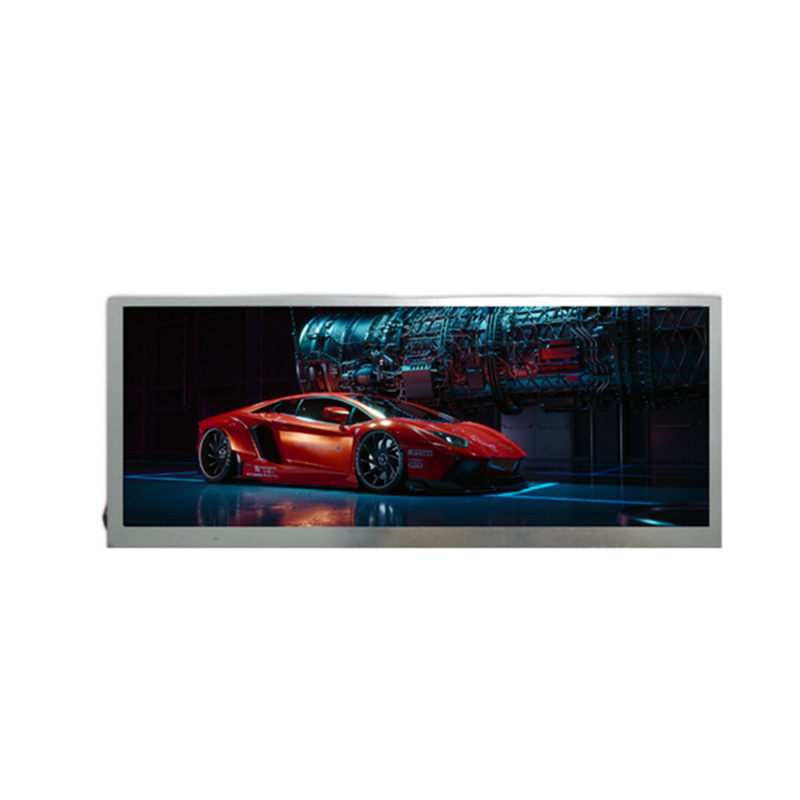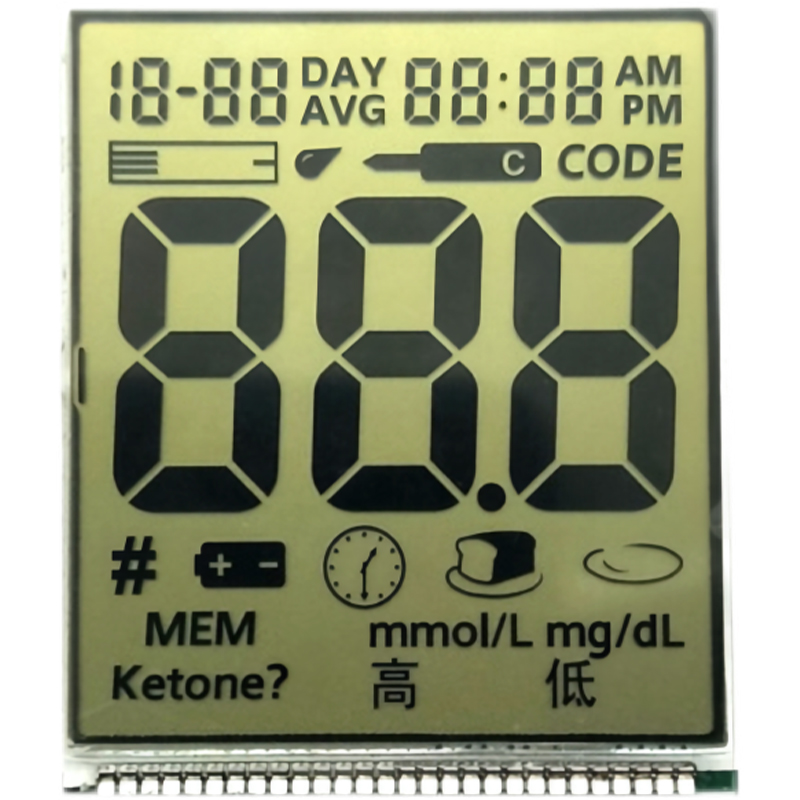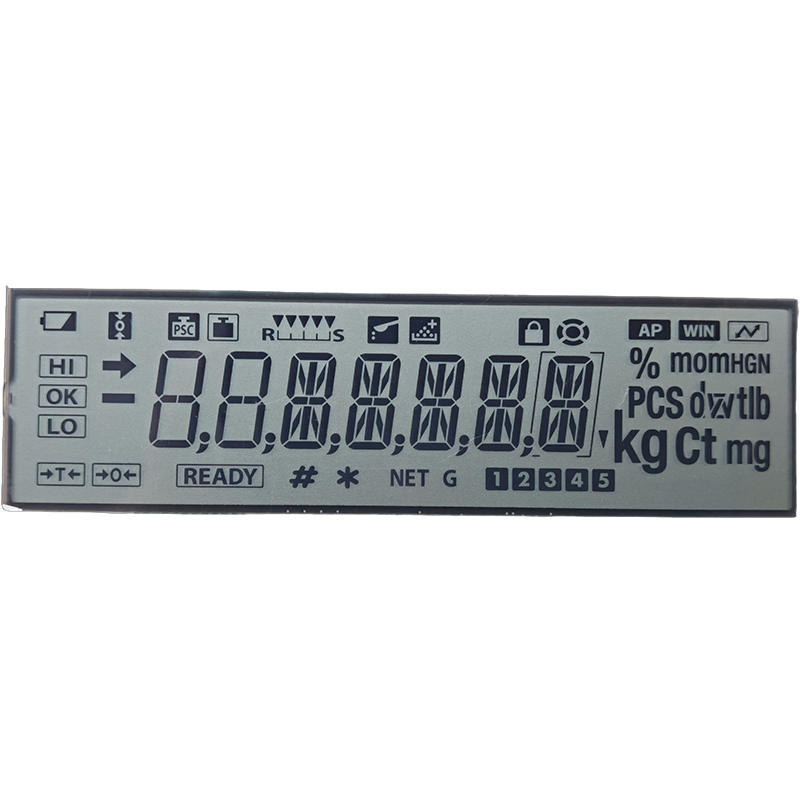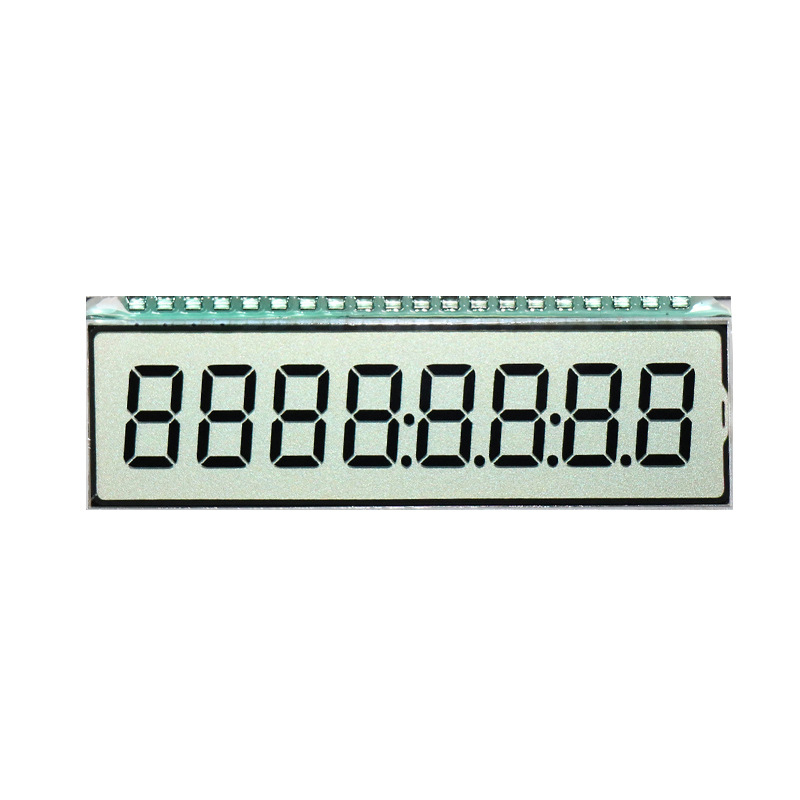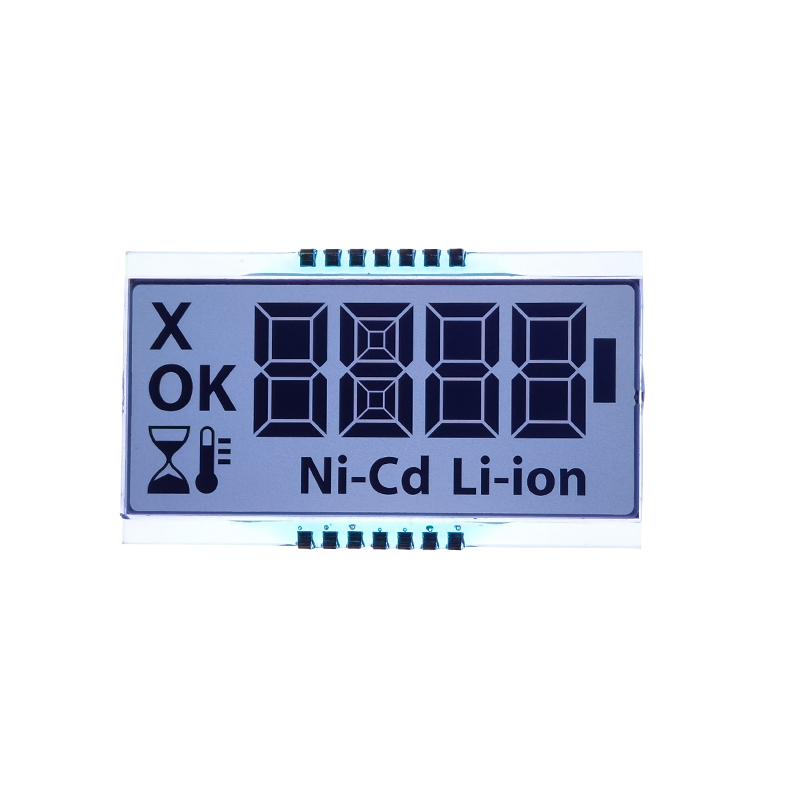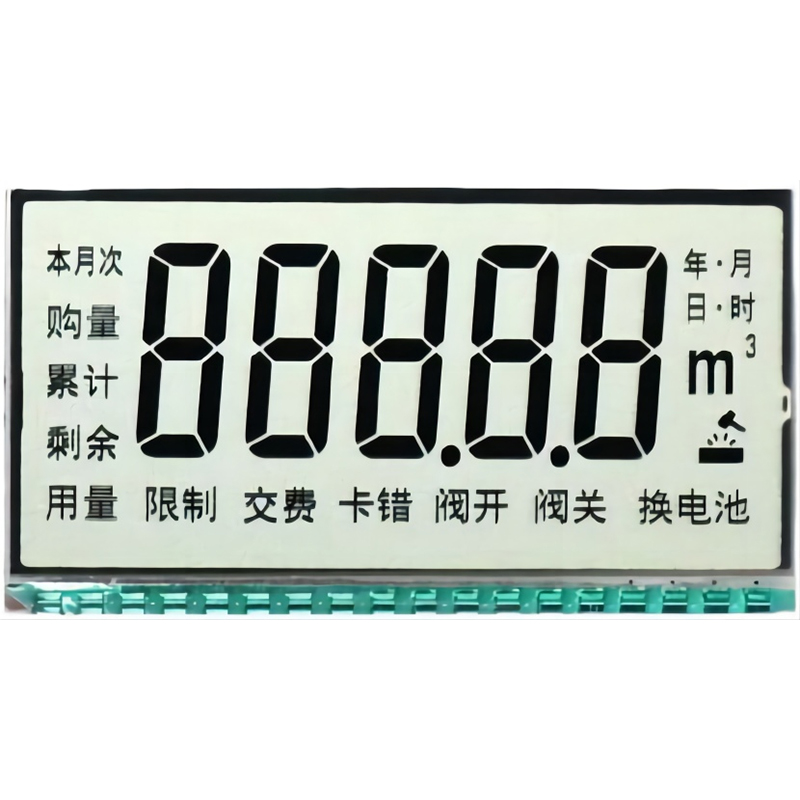LG OLED Display: A Comprehensive GuideLG OLED displays are renowned for their exceptional picture quality and are a popular choice for consumers and professionals alike. This article provides a comprehensive overview of LG OLED display technology, its advantages, disadvantages, and applications.
Understanding LG OLED Display Technology
What is OLED?
Organic Light-Emitting Diode (OLED) technology is a display technology where each pixel is self-illuminating, unlike LCD displays which require a backlight. This allows for perfect blacks and incredibly high contrast ratios, resulting in a more vibrant and realistic picture.
LG OLED displays are known for their mastery of this technology.
How LG OLED Displays Work
In
LG OLED displays, organic compounds emit light when an electric current is applied. This process is controlled precisely, allowing for millions of colors and shades to be displayed. The absence of a backlight also contributes to thinner and lighter displays.
Advantages of LG OLED Displays
Superior Picture Quality
The most significant advantage of
LG OLED displays is their superior picture quality. The self-illuminating pixels produce perfect blacks, resulting in an incredibly high contrast ratio. This makes colors appear richer and more vibrant, with details more easily discernible in both dark and bright scenes.
Wide Viewing Angles
Unlike LCD displays,
LG OLED displays offer excellent viewing angles. The image quality remains consistent regardless of the viewing angle, ensuring that everyone in the room enjoys a great viewing experience.
Faster Response Times
LG OLED displays boast incredibly fast response times, making them ideal for gaming and fast-paced action scenes. There is minimal motion blur, resulting in a smoother and more fluid viewing experience. This is a significant advantage over traditional LCD technology.
Disadvantages of LG OLED Displays
Burn-in Potential
While improved significantly over the years, the potential for burn-in, where static elements like channel logos become permanently imprinted on the screen, remains a concern for some users. However, modern
LG OLED displays incorporate various features to minimize this risk.
Cost
LG OLED displays typically cost more than LCD displays of comparable size. This higher price reflects the advanced technology and superior picture quality they offer.
Brightness
While significant improvements have been made,
LG OLED displays can still struggle to match the peak brightness of some high-end LCD displays in extremely bright environments.
Applications of LG OLED Displays
LG OLED displays are used in a wide range of applications, including: Televisions: LG is a leading manufacturer of high-quality OLED TVs. Their TVs consistently receive top ratings for picture quality. Monitors:
LG OLED displays are also popular choices for computer monitors, offering superior picture quality for both professional and home use. Smartphones: Many smartphones utilize OLED technology, benefitting from the vibrant colors and energy efficiency. Automotive: Advanced
LG OLED displays are even used in automotive dashboards and infotainment systems.
Choosing the Right LG OLED Display
The best
LG OLED display for you will depend on your specific needs and budget. Consider factors like screen size, resolution, and features such as HDR support and built-in smart functionality when making your decision. Comparing specifications across different LG OLED models is crucial.
| Feature | LG CX Series | LG C2 Series |
| Resolution | 4K | 4K |
| Refresh Rate | 120Hz | 120Hz |
| HDR Support | Dolby Vision, HDR10 | Dolby Vision, HDR10 |
For more information on specific
LG OLED display models and their specifications, visit the official LG website.
LG ElectronicsWe hope this guide has helped you understand
LG OLED displays better. For high-quality LCD solutions, consider exploring the options available at
Dalian Eastern Display Co., Ltd. They offer a wide range of innovative display technologies to meet diverse needs.


